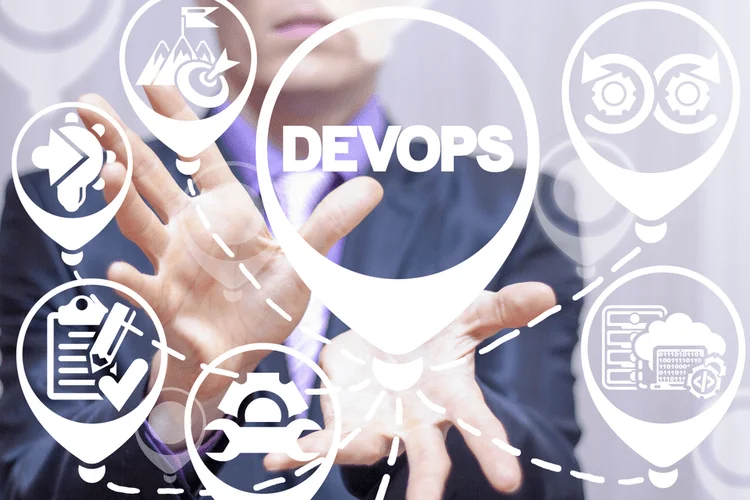Content
The team may need to develop both task-related skills and group process and conflict management skills. A redefinition of the team’s goals, roles and tasks can help team members past the frustration or confusion they experience during the Storming stage. If teams get through https://globalcloudteam.com/ the storming stage, conflict is resolved and some degree of unity emerges. In the norming stage, consensus develops around who the leader or leaders are, and individual member’s roles. Interpersonal differences begin to be resolved, and a sense of cohesion and unity emerges.
- When each of the five stages is carried through, your group will feel more in sync and be a high-functioning unit.
- The termination of the group is a regressive movement from giving up control to giving up inclusion in the group.
- Any conflicts have little effect on the team’s performance because individuals have strategies for solving them without baiting the project’s progress and delivery timely.
- The individual roles your team members play are incredibly important to team performance.
- The project is completed, with most or all project goals reached.
Ultimately, undergoing the five stages of team development is a way toward success. Team members may feel a variety of concerns about the team’s impending dissolution. They may feel some anxiety because of uncertainty about their individual role or future responsibilities. They may feel sadness or a sense of loss about the changes coming to their team relationships. And at the same time, team members may feel a sense of deep satisfaction at the accomplishments of the team.
Managing Agile Teams With Scrum
During the forming stage, team members are often optimistic and enthusiastic about getting started. They may also be polite and nervous about how the team will gel. The apprehensive behavior usually arises because members are unsure about the project goals and their roles.
When each stage carries through successfully, the entire group will be more in sync and functional. No member of the team will be afraid to ask questions, raise concerns, or propose new ways of performing tasks. Team members usually play to their strengths and help each other out, thereby enhancing teamwork and cohesion in your organization. Bottlenecks get addressed promptly and with purpose since the team can easily collaborate and create the solutions required to get everyone back on track. As strong personalities emerge, team leaders should ensure these individuals don’t inadvertently dominate the rest of the team and the project’s outcomes.
White-Fairhurst TPR model
Of course, you can only move on to this more pleasant stage if you’ve addressed and answered all the vital questions from the previous, Storming Stage. They’ll split the gardening fees equally, but they’ll split the final products based on the number of people in their families, and their needs. Now, this is where things get tense for Adam, Daisy, Daniel, Mark, and Stella as they set their plan into motion, while their 5 personalities and opinions clash. Unless the team is patient and tolerant of these differences as well as willing to address and work on them, the team and project cannot succeed. They’re all really excited about the prospect of having access to fresh vegetables every day — they understand the benefits such a project would have for their family’s everyday meals.

If the team is a standing committee with ongoing responsibility, members may be replaced by new people and the team can go back to a forming or storming stage and repeat the development process. It’s critical that leaders understand team development is a process that doesn’t happen overnight. It requires time, attention and patience as team members work through each of the 5 stages and build a sense of trust and companionship with their colleagues. Leaders who have a good grasp of the Tuckman model are able to properly position themselves within their team’s overall development and ensure that meaningful progress is happening. Tuckman’s team development model focuses on the idea that teams do not form naturally and spontaneously – you have to work towards it. Instead, they develop specific stages, eventually moving from complete strangers with different skill sets to a unique set of individuals with similar goals.
6. In-depth Look: Tuckman’s Model – Five Stages of Team Development
If you are the leader, remind members that disagreements are normal. Members might disagree over how to complete a task or voice their concerns if they feel that someone isn’t pulling their weight. They may even question the authority or guidance of group leaders.

This process can include team building tasks, team building stages and different types of team building. As mentioned, some of the stages of team development may have some conflict, disagreements, or general butting of heads. However, there are some strategies you can do to help your team advance through the five stages with minimal conflict. As the group starts to familiarize themselves, roles and responsibilities will begin to form. It is important for team members to develop relationships and understand what part each person plays.
Stage #5 — The Adjourning Stage
The process of building personal rapport between individuals before anything else happens is a critical step to long-term team success. Without having those personal relationships undergirding their professional ones, teams are prone to tension, conflict and failure. Norms result from the interaction of team members during the development process. Initially, during the forming and storming stages, norms focus on expectations for attendance and commitment. Later, during the norming and performing stages, norms focus on relationships and levels of performance.
During the Forming stage, much of the team’s energy is focused on defining the team, so task accomplishment may be relatively low. Performing – the team relationships and structures are set and accepted and team energy has moved from getting to know and understand each other, to performing the task at hand. Most groups change over time, some get worse, while others improve. Researchers have identified various models of group development.
Stage 5: Terminating/Ending
How to make Slack less distracting Slack has revolutionized the way we communicate in the workplace, making it easier for teams to collaborate and stay connected. However, with its constant notifications, messages, and channels, Slack can quickly become overwhelming and four stages of team development distracting. In this article, we will discuss how to make Slack less distracting and more productive. The best AI tools for work and productivity We dive into the types of AI, the best tools for work and productivity, and how to choose the best AI tools for your work.


